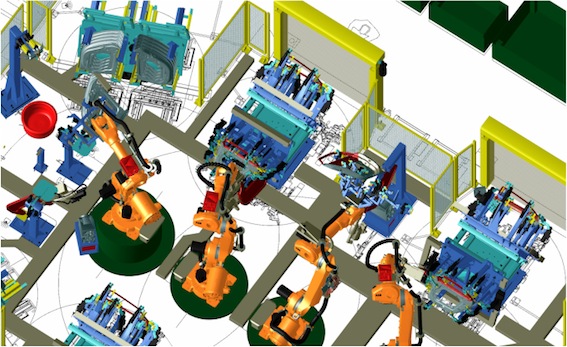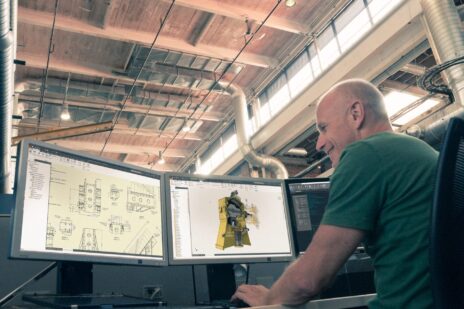
Manufacturing is an industry that sees constant growth and change, but in the past 15 years, the industry has made drastic shifts that will forever shape its future.
The manufacturing industry affects nearly every facet of everyday life, and companies are constantly seeking ways to optimize processes and decrease costs. While this tends to be the overarching theme that drives manufacturing change, there are also other factors that have played major roles in the direction of the industry. Quality became the huge driving force in the 1990s, then it shifted to safety in the early 2000s, but now, environmental sustainability seems to be a growing factor affecting change. These outside stigmas have shifted the internal workings of the manufacturing market, and mostly for the better, but what exactly has changed?
We’re going to start with the obvious change that everyone already has on their minds, automation. Automation within production plants and manufacturing spaces has drastically increased in the last 15 years, but that’s not to say that automation is a new field. For the better part of the last 50 years, there has been some form of manufacturing automation changing the way the industry operates. What makes modern-day automation different from the past is the drastic decrease in machine size and operability cost.
Now, this optimized automation scenario we currently find ourselves in is often cast with the stigma of getting rid of human labor. However, we are now seeing an unexpected shift, robotics has become so common, easy to use, and efficient that they are being used to assist industry workers, rather than replace them. There are other factors at play as to why automation isn’t “killing” the modern factory worker, but for the most part, automation is making manufacturing workers much more valuable. CBS even estimated that the average US manufacturing employee, as far back as 2007, produced $104,606 in value. This increase in output per worker is thanks to automation, and it is in large part the driving factor for the next biggest change in the manufacturing industry, insourcing.
The early 2000s marked a shift in the manufacturing industry to move local market manufacturing jobs to other cheaper labor markets, or outsourcing labor. This was fairly common practice at the time, and much of it hinged on the marketing success of the far cheaper Indian and Chinese labor markets. However, while initial manufacturing bids were cheaper, companies soon began facing unforeseen costs in shipping delays, quality problems, and miscommunications. All these problems with outsourcing eventually created a market that favored the reshoring of goods back to where they were being sold. Within just the last 5 to 10 years, major manufacturing firms have moved manufacturing back to areas closer to home. This doesn’t always mean American made goods for American markets, but it does mean companies are beginning to value the benefits of American manufacturing capabilities. This shift, coupled with our increased technological stamina on a global climate, has changed the manufacturing industry into something no one would have predicted 15 years ago.
There’s now a trend to provide locals jobs and automation is actually making factory workers more valuable. Who would’ve thought?
Sources: Marlinwire, ManMonthly, McKinsey
Written by:
Trevor English
Marketing Manager Trevor is an experienced marketing and content creation professional who has spent his entire career helping engineering technology companies reach their customers through digital media. He currently works for Autodesk on the Digital Acquisition Team where he’s responsible for social demand generation for the AutoCAD and Design and Manufacturing families. You can also see his written engineering marketing content on InterestingEngineering.com, Curiosity.com, and other sites across the web.
Trevor is an experienced marketing and content creation professional who has spent his entire career helping engineering technology companies reach their customers through digital media. He currently works for Autodesk on the Digital Acquisition Team where he’s responsible for social demand generation for the AutoCAD and Design and Manufacturing families. You can also see his written engineering marketing content on InterestingEngineering.com, Curiosity.com, and other sites across the web.


